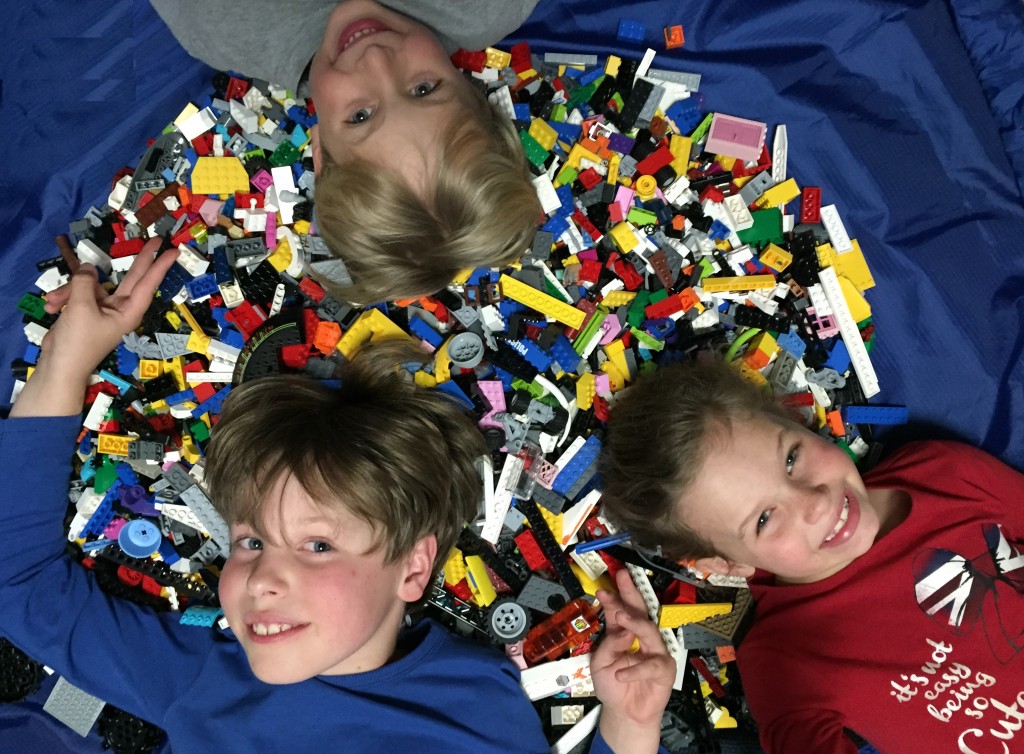Workshops and programs, other than STEAM, follow a more structured path and look to instill an in-depth knowledge base on specific topics. While not strictly outcomes-based, our sessions focus on the children being able to work through a weekly lesson plan, each one building on the previous. At the end of the term, it’s expected that the children would have acquired a firm foundation of the subject through a project-based approach.
For example, a term of robotics could look like the following:
● Build a basic robot, following instructions.
● Code the basic robot, following instructions.
● Break down the robot, with a focus on understanding how the pieces went together and what other ways there are to put them together to improve the robot’s performance.
● Analyse the code to get a deeper understanding of the main coding blocks.
● Use the acquired knowledge to build and code an improved version of the robot.
● Showcase the robot, explaining how it started and how it progressed and how it turned out.
Following this process, it’s possible to have multiple skill and age levels in the same class, as the kids can work at their own pace and not everyone is building, creating or coding the exact same thing. Different, age appropriate kits can also be used while following the same lesson outline.
A term of coding tells a similar story. We aim to teach an understanding of coding logic, structure, sequencing of events and problem solving. As with robotics, we begin by copying examples and seeing a project in action, before breaking it down into its sequential parts and manipulating them to remix a unique program.
Our approach strives to see children develop an understanding of and appreciation for the parts that go together to make up a subject or topic. This in turn leads to two possible outcomes – they find a particular area of interest and specialise further or they transfer their newfound understanding of one subject to other areas.
For example, a lesson may cover making your program identify colours. This then transfers into “if your program can identify colours, then the colours could be used as a code to make the program do something – such as seeing colours in a specific order could result in a door opening.”
With Build-A-Mind, the possibilities are endless.


Hi. Do you have any programs for 5 year olds?
Hi Heather, Our STEAM programs and junior robotics programs are suitable for 5 year olds. Regards, Kerry
Hi- are you running holiday programs? I have a 13 year old who has an interest in technology.
Hi Maria, We aren’t running any dedicated holiday programs during April, but do have a number of co-hosted activities, which you can find a list of at https://buildamind.com.au/school-holiday-activities/
Regards, Kerry